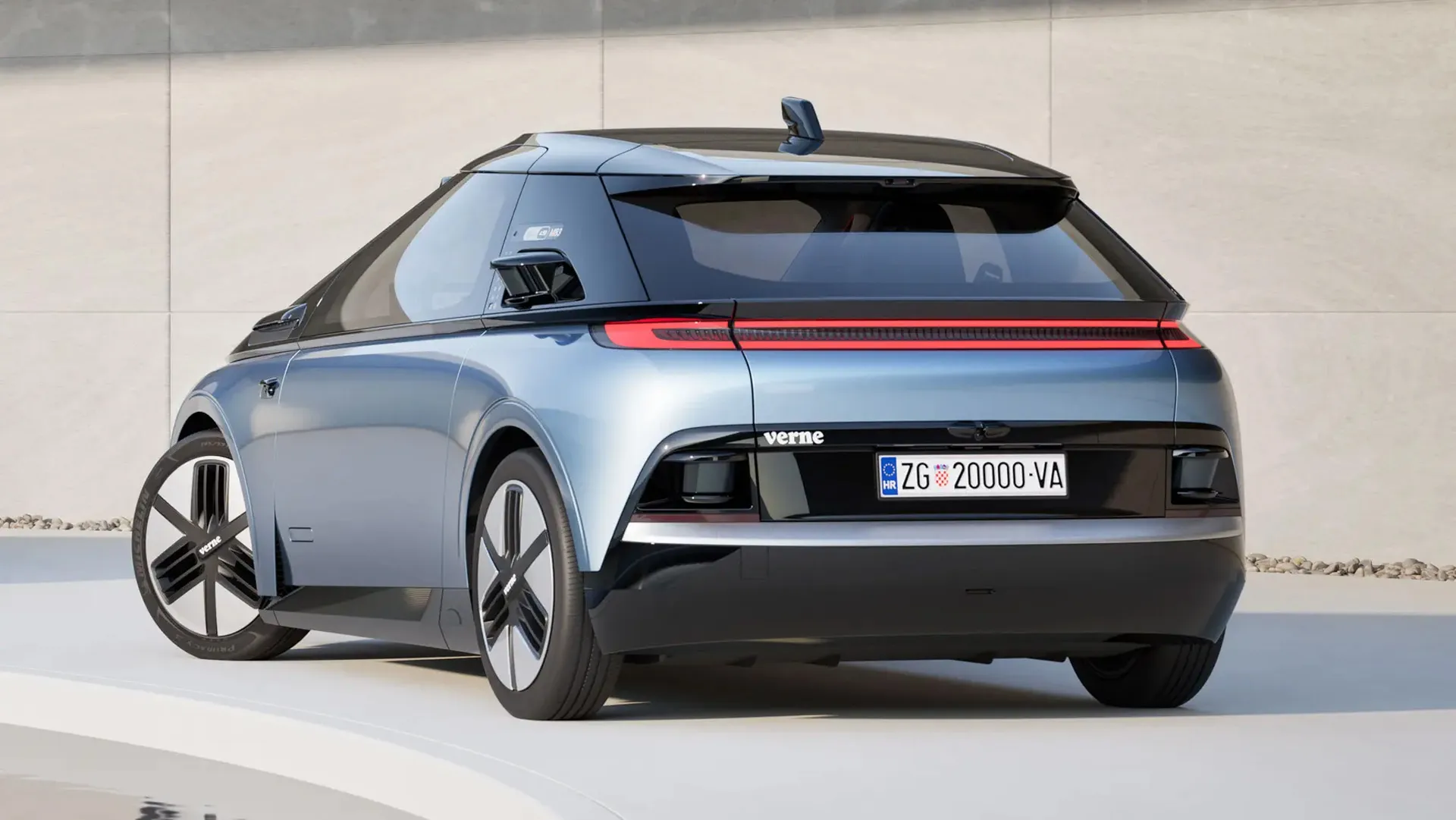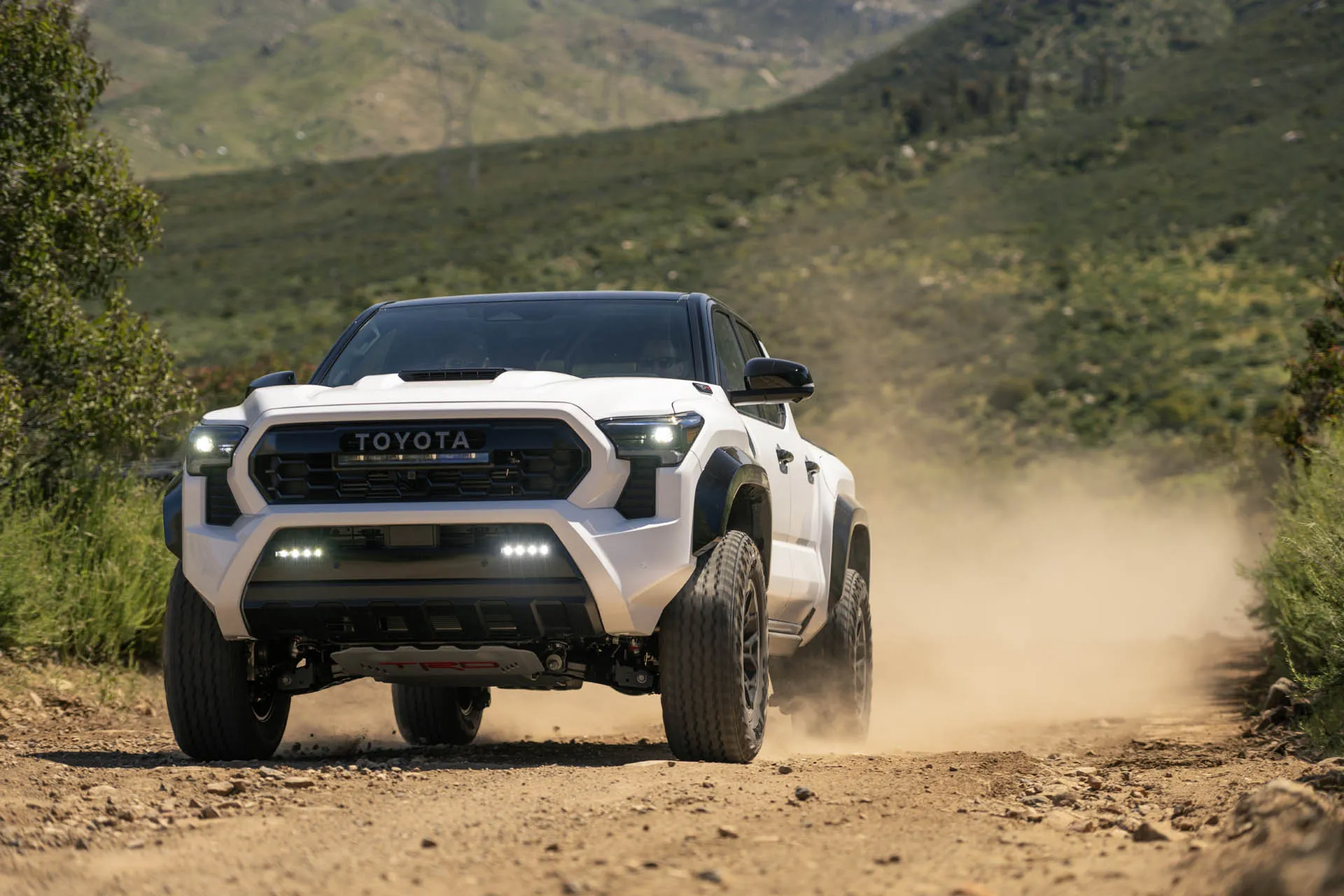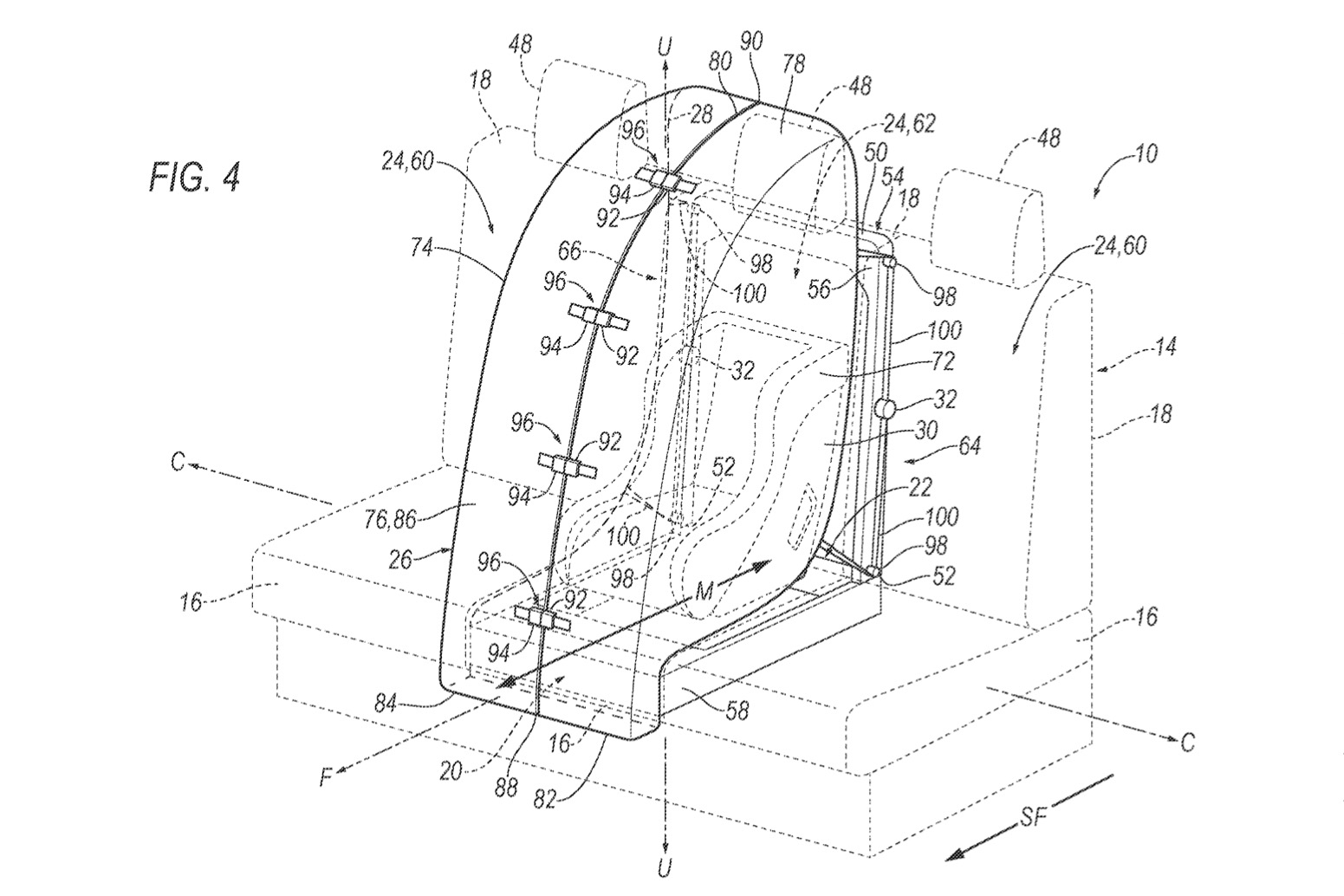- The are no self-driving cars on sale today, despite what some automakers claim
- Limited hands-free driving systems are considered Level 2 in terms of the six levels of autonomy
- Mercedes-Benz Drive Pilot is considered Level 3, and legal in Nevada and California
- Several tech and car companies have launched Level 5 robotaxis in select cities
In many ways self-driving cars are an eventuality and a reality.
As automakers approach full autonomy, several new cars now boast self-driving features that inch toward the goal of driver-less cars soon. Limited hands-free driving systems on the market now are GM’s Super Cruise, Mercedes-Benz’ Drive Pilot, Tesla’s Autopilot, Ford’s BlueCruise, and many other ones in various stages of development. Several automakers and tech companies have started beta testing robotaxis that can drive passengers around select cities without a driver.
Many of these features can be grouped together in a uniform set of self-driving “levels,” which were defined by the Society of Automotive Engineers in 2014 and last updated in 2021.
Although many new car buyers don’t—or won’t—need to know what each level specifically means, it may be helpful to understand the basic principals to understand what system could be right—and what systems may not be allowed by law in their area.
MORE: GM’s Super Cruise sails past Ford’s Bluecruise
Here’s our primer on the SAE-accepted levels, what they mean for new cars, and some examples of systems on the road that would fall into these categories.
SAE levels of driving automation, from none to fully self-driving
Level 0: No driving automation
No self-driving features, but it can have driver support systems. Many cars on the road today would fall into this category—even when they’re equipped with safety systems such as automatic emergency braking or blind-spot monitors. Automatic emergency braking detects imminent impact and hits the brakes to mitigate or avoid the impacts of a crash. The majority of automakers complied with a voluntary pledge by Sept. 2022 to equip 95% of the cars they produce with this life-saving feature that the IIHS predicts will cut in half the number of rear-end crashes, which is the most common crash. The SAE updated this classification in 2021 to reflect the evolution of new car technology. Level 0 previously relied solely on the person behind the wheel to control the car’s functions, including steering, throttle, and brake, while the car is running.
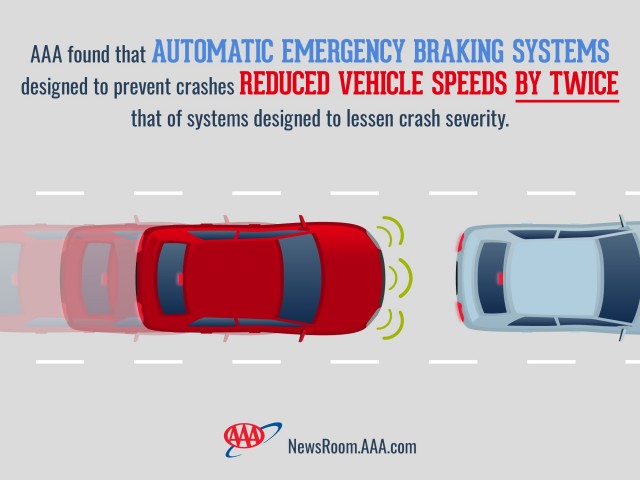
Automatic Emergency Braking graphic
Level 1: Automated steering or braking systems
Some driver assistance. By the book, these cars may have one or more systems that can control speed or steering—but not both simultaneously. Many new cars have available adaptive cruise control, which is an example of a Level 1 feature. Active lane control that keeps the car centered in its lane is another example.
Level 2: Automated steering and braking systems
Even more driver assistance. Many automakers offer Level 2 systems that enable hands-free driving on certain mapped roads. The systems can control steering and speed simultaneously, without driver interaction but with a driver attention monitor that ensures the driver has eyes on the road. Volvo, Mercedes-Benz, BMW, GM, Ford, Tesla, Lexus, and several other automakers have varying degrees of hands-free driving systems that use cameras, lidar sensors, and radar sensors to detect lane markings, surrounding traffic, and road grades. The most sophisticated are GM’s Super Cruise and Mercedes-Benz’ Drive Pilot, thought Tesla’s Autopilot garners a lot more headlines, for better or worse. Along with Ford’s BlueCruise, these systems can drive on mapped highways for extended periods with driver supervision, and, except for Tesla, they have driver monitor cameras to ensure driver engagement.
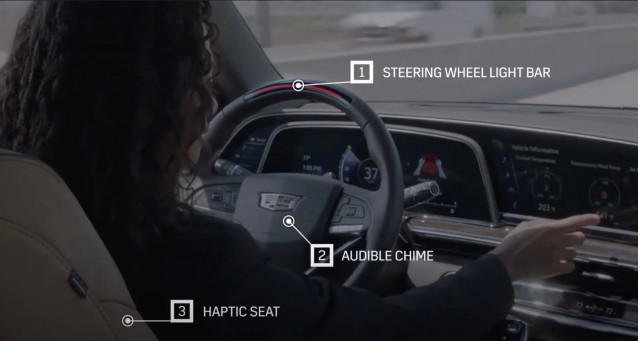
GM Super Cruise warning alert graphic
Level 3: Conditional autonomy
Tesla touted its Autopilot as such for being able to drive on streets and highways in stop-and-go situations, but it’s not. Unlike Level 2 cars, Level 3 autonomy can control a car in all situations and the car is constantly monitoring the road, but unlike higher levels on the SAE scale, Level 3 cars will return to human control if the system can’t function correctly. Only Mercedes-Benz’ Drive Pilot has earned Level 3 status that’s legal in California and Nevada, for now. According to the SAE definition, Level 3 cars will ask drivers to intervene when the self-driving systems fail, but for many automakers that presents a safety problem for drivers who rely too much on the systems and may not be prepared to take over.

Mercedes-Benz Drive Pilot
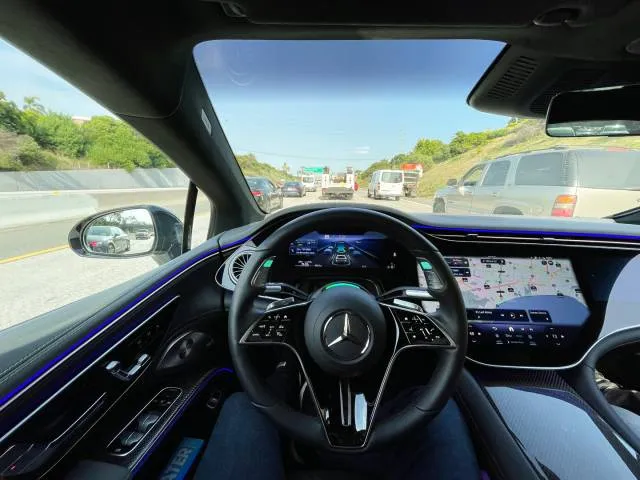
Mercedes-Benz Drive Pilot
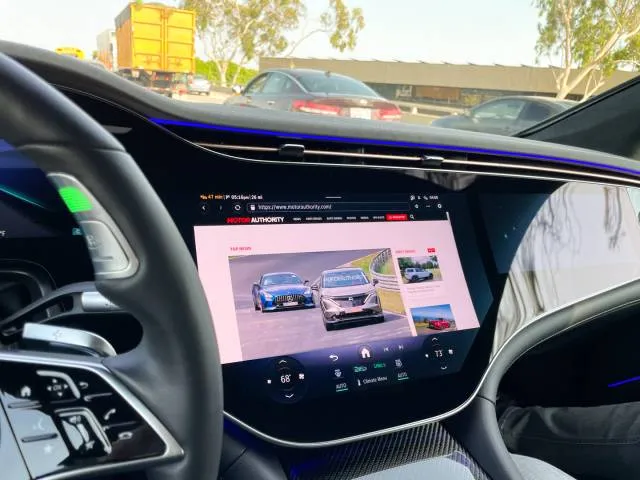
Mercedes-Benz Drive Pilot

Mercedes-Benz Drive Pilot
Level 4: Nearly autonomous
As a Level 4 car, no driver interaction is needed and the car will stop itself if the systems fail, which is an important distinction from Level 3. Automakers such as GM, Mercedes-Benz, and Tesla have already implemented systems that will slow self-driving cars to a stop and engage hazard lights if the driver doesn’t interact with the car. Does this mean you can’t drive a Level 4 car? Not necessarily. But automakers have already indicated that including self-driving features and driver-operated controls (steering wheel, gas pedal, brake pedal) is redundant and costly. Volkswagen Group partnered with Mobileye to develop a Level 4 system employing various software and hardware components, including two independent high-performance computers as well as 13 cameras, nine lidar units, and five radar sensors. It plans to use it in VW ID.Buzz robotaxis as early as 2026 in Germany and Texas. A human will still sit in the driver’s seat.
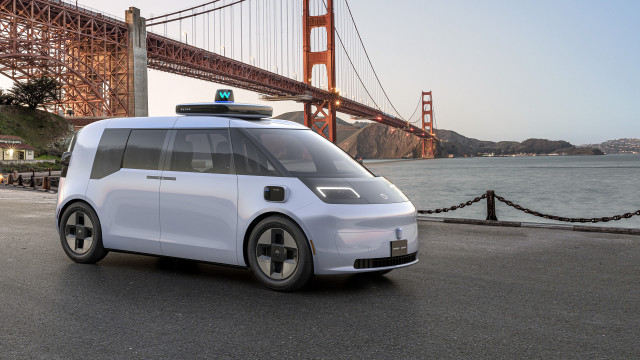
Zeekr shuttle for Waymo self-driving service
Level 5: Completely autonomous
The holy grail of self-driving cars might be just as hard to find for owners. Although Level 4 to Level 5 may seem like a small step, in reality it’s a giant leap. Level 5 autonomy takes the driver all the way out of the equation. While the presence of a steering wheel, gas and brake pedals don’t preclude a car from being Level 5, they’d be useless: These cars are not supposed to be driven by people. Getting cars to read roads without clear lines, during bad weather, or in variable conditions is a huge undertaking for sensors and computing power. Yet several companies have launched robotaxis to shuttle passengers around in select cities. Here’s a recap of who’s doing what:


